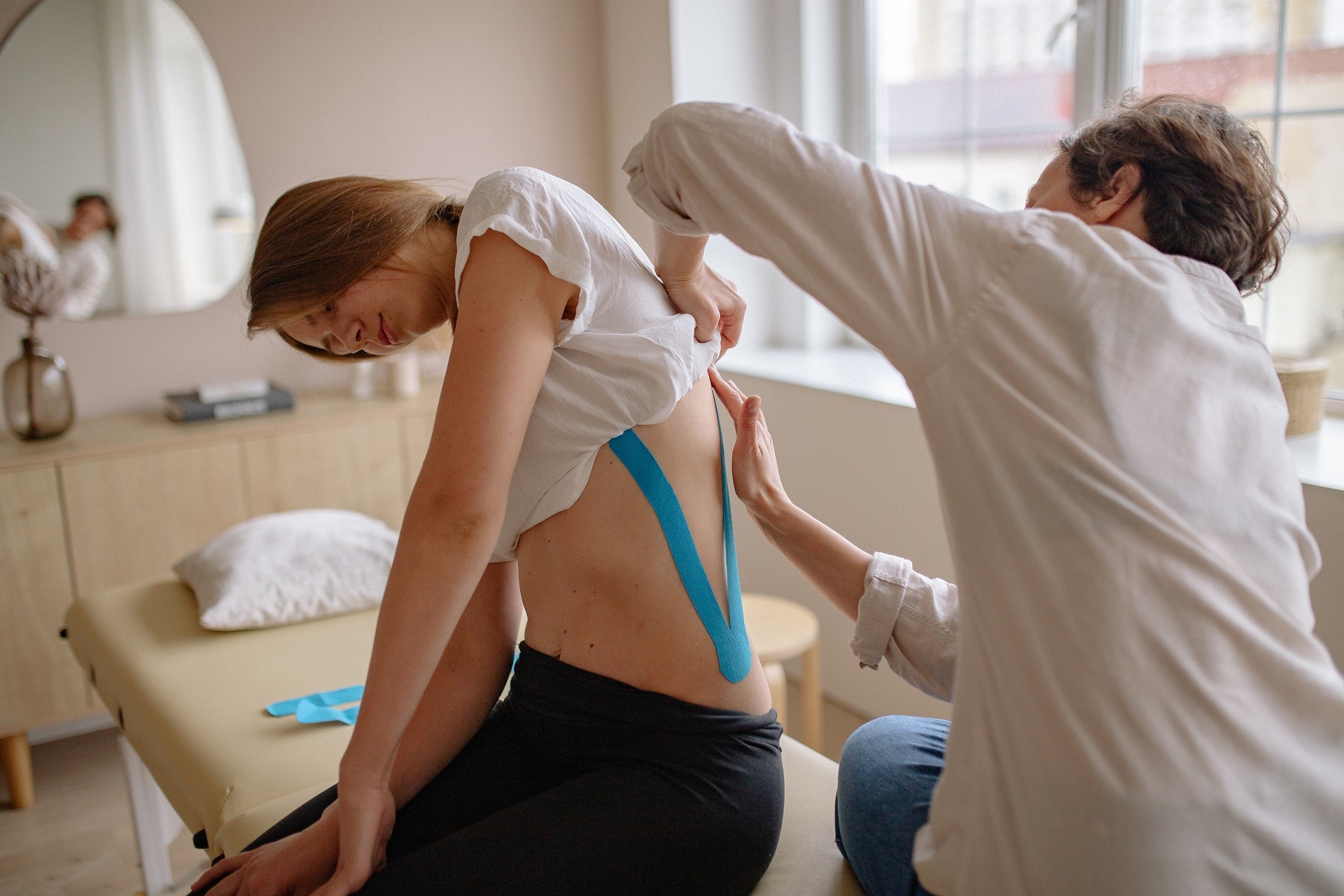Top 5 Ways to Manage Muscle Sprain
A muscle sprain is an injury to the bands of tissue that connect two bones together. This is slightly different from a muscle strain, which involves an injury to the muscle or band of tissue that attaches muscle to bone. One is not technically worse than the other. Instead, they are measured by severity. For example, you can have a mild sprain or a severe sprain.
Muscle sprains can be painful at the time of the injury or later on. The most common symptoms include pain, inflammation, bruising, and swelling. Depending on the severity of the injury, you might have also heard a ‘pop’ in the joint when the impact happened. While uncomfortable, there are many ways you can ease the pain at home.
1. Follow the RICE Method
For muscle sprains, the RICE method is usually all you need to heal and get comfortable again. RICE is an acronym for:
- Rest. Avoid activities that cause pain, swelling, or discomfort. But do continue to get up and walk around. You don’t want to stop all physical activity, as this will make it harder to recover.
- Ice. Ice the area immediately for 15-20 minutes, every couple of hours. Ice reduces pain and inflammation because it constricts blood vessels and decreases circulation to the area.
- Compression. To stop the swelling, apply compression to the area using an elastic bandage. Start wrapping at the end furthest from your heart, and don’t wrap too tightly.
- Elevation. Elevate the injured area above the level of your heart, particularly at night. This lets gravity do its job by reducing swelling.
2. Take Nonsteroidal Anti-inflammatories
NSAIDs like naproxen (Aleve) and ibuprofen (Motrin) reduce pain, decrease inflammation and make it easier to get around. Take these medications as directed. If you have kidney disease or a history of stomach problems, talk to your doctor first. They may recommend taking acetaminophen (Tylenol) instead.
3. Eat and Sleep Well
Take good care of yourself when you’re healing from a muscle injury. Eat a balanced diet that includes fresh fruits, vegetables, and lean meats. You need the protein for muscle repair and recovery. Also, get enough rest at night, as sleep helps the muscles release protein-building amino acids into the bloodstream. This helps them grow bigger and stronger.
4. Try Rehabilitation Exercises
Remember, you’re supposed to rest but not be inactive! A great way to ensure you’re still working your muscles safely is by trying a few rehabilitation exercises. Your sports medicine doctor may recommend some exercises, or you can look online for suggestions. Start each exercise slowly so that you do not reinjure yourself.
5. Ask About Alternative Therapies
If the pain is severe enough, you might need more than at-home remedies. Talk to your sports doctor about an alternative therapy such as acupuncture, massage therapy, or platelet-rich plasma therapy. These therapies aim to relax tense muscles to improve circulation and promote healing.
If you’ve suffered a muscle sprain and you’re not seeing the healing you had expected, contact Jersey Rehab for an appointment. We have a number of alternative therapies that can help support your recovery following a severe muscle sprain.

